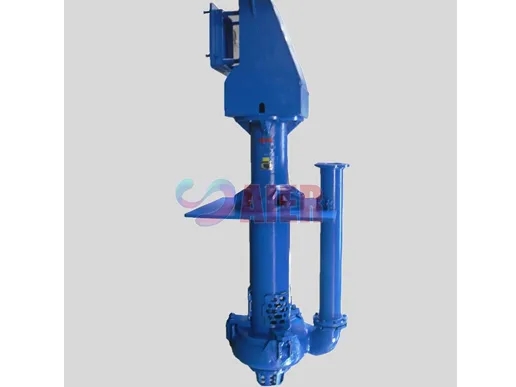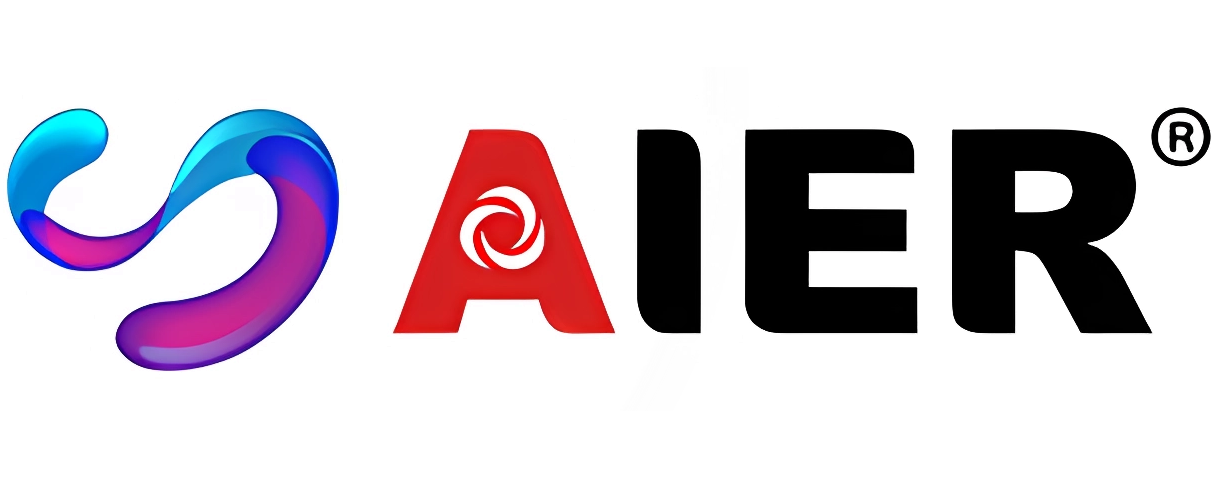ធ្នូ . 14, 2024 11:30 Back to list
Manufacturing High-Quality Rubber Slurry Pumps for Efficient Industrial Applications
Understanding the Rubber Slurry Pump Factory A Key Player in Industrial Applications
In the ever-evolving landscape of industrial manufacturing, the significance of adaptable and efficient machinery cannot be overstated. One such essential piece of equipment is the rubber slurry pump. As various industries, including mining, construction, and chemical processing, increasingly rely on the effective transportation of abrasive and corrosive materials, the role of rubber slurry pump factories becomes imperative. This article delves into the operations, innovations, and impact of rubber slurry pump manufacturing.
The Need for Rubber Slurry Pumps
Slurry pumps are designed for handling a mixture of solids and liquids, known as slurries, which can be particularly abrasive. In industries such as mining, where materials like lime, coal, and minerals are extracted and processed, the wear and tear on equipment can be significant. Traditional metal pumps often struggle with the harsh conditions of transporting these slurries, leading to frequent breakdowns and maintenance issues. Rubber slurry pumps, with their specialized design and material, offer substantial advantages in such environments. They are known for their durability, flexibility, and superior resistance to abrasion and corrosion, thereby reducing downtime and maintenance costs.
The Rubber Slurry Pump Factory Production Insights
A rubber slurry pump factory typically encompasses multiple stages of production, from research and development to manufacturing and quality control
. The process begins with the selection of high-quality raw materials, primarily rubber compounds specifically engineered for resilience and performance in challenging conditions.1. Design and Engineering Advanced design techniques enable manufacturers to create pumps that meet specific customer requirements. Utilizing computer-aided design (CAD) software, engineers can simulate the performance of different pump models under varying conditions, ensuring that the final product can handle the intended application.
2. Manufacturing Process The production of rubber slurry pumps involves several crucial steps
- Molding Rubber components are formed using molds designed for various pump parts, such as casings, impellers, and liners. This step is critically important as the shape and quality of the molds can significantly affect the pump's performance. - Vulcanization Following molding, the rubber components undergo a vulcanization process, which involves heating them to enhance their strength and flexibility. This is a vital step in producing durable pumps that can withstand harsh working conditions.
rubber slurry pump factory

- Assembly Once all parts are ready, skilled operators assemble the pumps, ensuring that every component fits perfectly and functions optimally. Quality assurance checks are conducted at each stage to minimize defects.
3. Quality Control A robust quality control system is essential in rubber slurry pump production. Factories implement stringent testing protocols, including pressure tests, flow rate evaluations, and abrasive material trials, ensuring that each pump meets the highest industry standards before reaching the market.
Innovations and Advancements
As industries continue to advance, so do the technologies involved in manufacturing rubber slurry pumps. Modern factories are increasingly incorporating automation and advanced robotics into their production processes. This not only speeds up manufacturing but also enhances precision, ensuring the consistency and quality of each pump produced.
Moreover, the integration of smart technologies allows for real-time monitoring of production lines, enabling manufacturers to identify and address issues promptly. Innovations in rubber materials, such as reinforced compounds that further resist wear and tear, are also a focus of ongoing research.
Environmental Considerations
In today’s environmentally conscious world, rubber slurry pump factories are also taking steps to minimize their ecological footprint. Sustainable practices, such as using eco-friendly materials and implementing waste recycling systems, are becoming more prevalent. Additionally, energy-efficient manufacturing processes are being adopted to reduce overall consumption and emissions.
Conclusion
Rubber slurry pump factories represent a critical component of various industrial sectors, ensuring the efficient and safe transportation of abrasive materials. With ongoing advancements in design, manufacturing processes, and sustainability practices, these factories continue to adapt to the changing needs of the marketplace. As industries push towards more innovative solutions, the role of rubber slurry pumps is likely to become even more pronounced, solidifying their status as essential machinery in modern manufacturing.
-
High Quality Slurry Pump Seals Reliable China Suppliers & Manufacturers
NewsJun.24,2025
-
High Quality Portable Submersible Slurry Pump Supplier & Manufacturer from China
NewsJun.10,2025
-
Slurry Pump Parts Manufacturer – High Quality Rubber Spare Parts from China
NewsJun.10,2025
-
High Quality 1/3 HP Submersible Sump Pump with Vertical - Reliable Supplier & Factory Price
NewsJun.10,2025
-
High-Efficiency Centrifugal Slurry Pumps India
NewsJun.10,2025
-
High Quality Warman Centrifugal Slurry Pump Suppliers & Factory
NewsJun.10,2025
